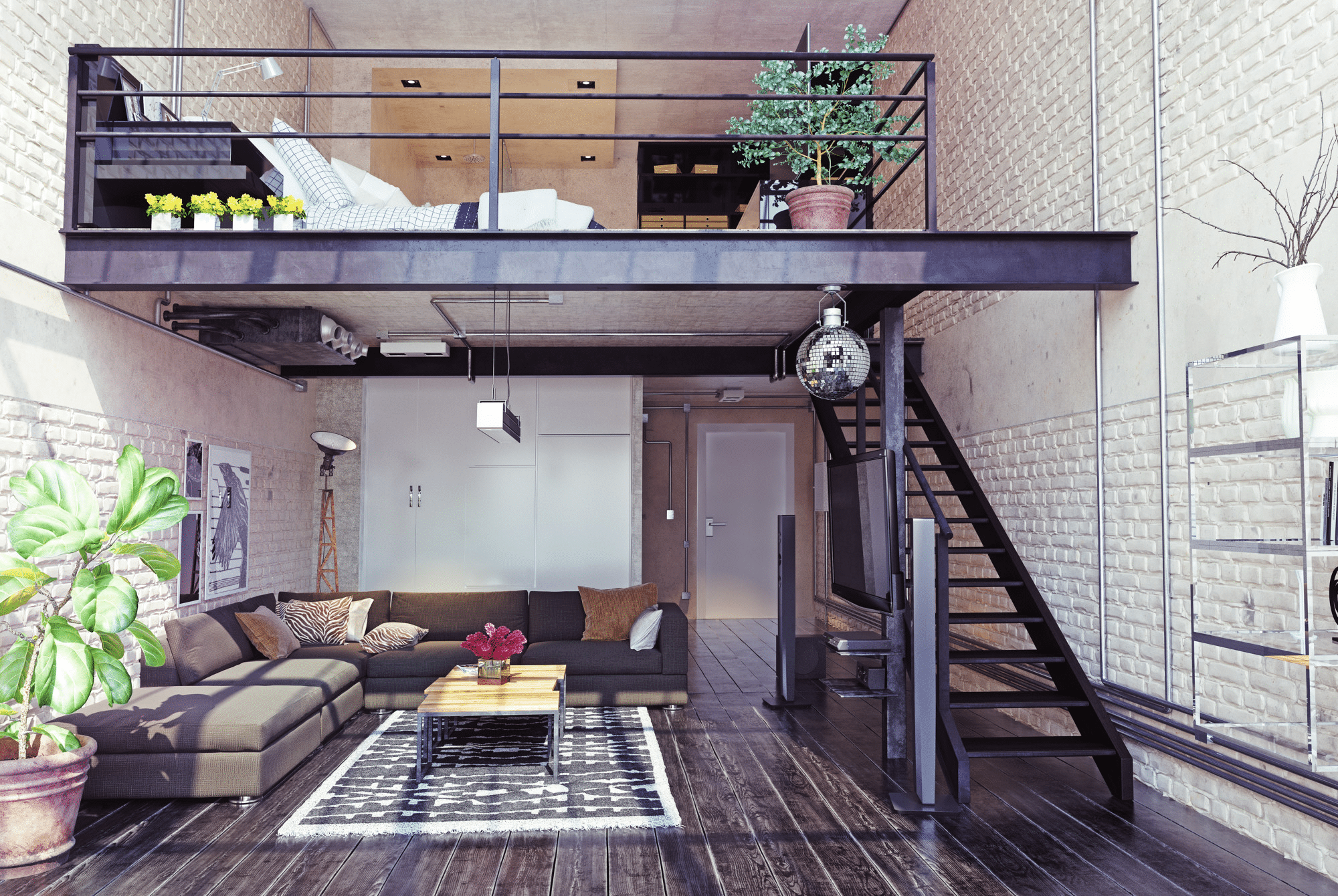Key Takeaways
- ADA-compliant restrooms are essential for creating inclusive and accessible public spaces that prioritize the needs of all individuals, including those with disabilities.
- Successful ADA restroom design goes beyond legal requirements, ensuring that features like wide entryways, grab bars, and accessible fixtures promote independence and safety.
- Technology, such as sensor-operated systems and automated doors, plays a crucial role in enhancing restroom accessibility and convenience for users with various needs.
- ADA-compliant facilities can significantly benefit businesses by attracting a wider customer base, improving customer satisfaction, and reducing legal risks.
- Overcoming challenges in ADA compliance, such as retrofitting older buildings, requires strategic planning, prioritization, and collaboration with experts in universal design.
Table of Contents
- Introduction: Embracing Accessibility
- The Basics of ADA Compliance
- Creating an Inclusive Restroom Design
- The Role of Technology in Accessibility
- Benefits of ADA-Compliant Restrooms for Businesses
- Common Challenges and How to Overcome Them
- Case Studies: Success Stories from Inclusive Restroom Projects
- Conclusion: The Future of Accessible Restroom Design
Introduction: Embracing Accessibility
Inclusion and accessibility are not just modern catchphrases but definitive goals for public spaces. Ensuring these spaces are accessible to everyone sets a foundation for a fair and equal society. A critical aspect of this inclusivity is the incorporation of ADA compliant restrooms. By integrating these restrooms into buildings, facilities are not only adhering to legal standards but also championing the rights of individuals with disabilities. This step is about more than just meeting physical needs—it’s a commitment to acknowledging and respecting every individual’s dignity and comfort, thereby fostering a community that is welcoming and respectful.
Accessibility starts with empathy and foresight, recognizing that not everyone experiences the world in the same way. ADA-compliant restrooms offer freedom and autonomy to individuals who might otherwise face exclusion. These facilities demonstrate that a space has been designed with everyone in mind, not just the majority. The benefits extend beyond individuals with disabilities—they also aid the elderly, injured, or those with temporary limitations. Ultimately, embracing accessibility in restroom design is an act of social responsibility and community empowerment.
The Basics of ADA Compliance
ADA compliance is deeply rooted in the Americans with Disabilities Act, a landmark piece of legislation that aims to safeguard against discrimination for individuals with disabilities. In the context of restrooms, this means implementing features such as accessible stalls, grab bars, and properly positioned fixtures. Each aspect is meticulously specified to ensure ease of use. Consider factors like the width of stalls, which must accommodate wheelchairs, or the placement of grab bars that provide the necessary support. This translates into public restrooms that prioritize accessibility while eliminating potential barriers.
These standards exist not only to promote inclusivity but also to ensure safety for all users. Overlooking even small design details can lead to significant usability issues. Businesses that invest in understanding ADA regulations demonstrate their commitment to compliance and customer care. Training staff and conducting regular inspections can help maintain these standards over time. Importantly, ADA guidelines continue to evolve, encouraging facilities to stay updated and responsive to modern accessibility needs. For comprehensive insights and detailed regulatory guidelines, the ADA’s official guidelines offer invaluable information.
Creating an Inclusive Restroom Design
The heart of ADA compliance is creating restroom designs that are thoughtfully inclusive. It goes beyond meeting legalities to understanding the needs of diverse restroom users. For instance, entry points must be wide enough to accommodate scooters and wheelchairs, while sinks should be easily reachable from a seated position, ensuring that all people can use them independently. Additionally, clear signage aids those with visual limitations in navigating restroom facilities effectively. Moreover, family restrooms are an innovative feature that can accommodate parents with small children and individuals who may need assistance, reflecting a holistic approach to inclusivity.
Inclusion means considering a variety of needs that span physical, sensory, and cognitive abilities. For example, installing tactile signs can assist individuals who are blind or have low vision. Lowered mirrors and soap dispensers provide further autonomy to seated users. Gender-neutral and single-occupancy restrooms also play a key role in fostering comfort for all individuals. By integrating these features from the start, designers can avoid costly retrofits and ensure a welcoming space for everyone.
The Role of Technology in Accessibility
Technology plays an innovative role in enhancing the accessibility of restrooms and promoting independence among users. Modern restrooms can feature sensor-operated taps and hand dryers, as well as automated door systems that remove the need for manual operation, thus offering convenience and reducing physical strain. As highlighted in overviews on universal design, these technological advances not only meet the needs of today’s users but also future-proof facilities for tomorrow’s expectations. The integration of technology in restroom design is not just a matter of convenience but a necessity for inclusivity and accessibility.
Touchless technology also improves hygiene, a concern heightened by recent public health events. Voice-activated systems and app-controlled access are beginning to emerge as forward-thinking solutions. Innovations like occupancy indicators and real-time maintenance alerts help ensure functionality and cleanliness. Such technologies also reduce the need for assistance, enabling greater privacy and independence. Embracing these tools reflects a proactive approach to both accessibility and modern facility management.
Benefits of ADA-Compliant Restrooms for Businesses
The implementation of ADA-compliant facilities can be exceptionally advantageous for businesses. By prioritizing accessibility, companies align with ethical standards, enhance their reputation, and attract more customers. Facilities that are accessible are inviting to a wider audience, including those with disabilities, thereby expanding a potential customer base. Moreover, compliance leads to a reduction in legal liabilities, shielding businesses from costly litigation. In essence, ADA compliance is as much a business decision as it is an ethical obligation, providing significant benefits both economically and socially.
A reputation for inclusivity can become a powerful differentiator in competitive markets. Accessible restrooms signal that a business values all customers equally. Positive experiences can lead to strong word-of-mouth promotion and customer loyalty. In industries like hospitality, retail, and healthcare, accessibility is no longer optional—it’s an expectation. ADA-compliant spaces also demonstrate corporate social responsibility, which resonates with socially conscious consumers and investors.
Common Challenges and How to Overcome Them
Despite the numerous benefits, achieving ADA compliance poses certain challenges. Whether dealing with older buildings or limited budgets, there are hurdles to designing restrooms that meet modern standards. Retrofitting existing structures to become ADA-compliant can be difficult and costly, particularly if it involves extensive changes. However, these challenges can be mitigated through strategic planning and prioritization. Focusing first on making the most impactful modifications, such as adjusting entryways and ensuring stall accessibility, can be effective.
Phased upgrades can help distribute costs and minimize operational disruptions. Grants and tax incentives are available in some regions to support accessibility improvements. Collaboration with architects and designers experienced in universal design can reveal creative and cost-effective solutions. Clear communication with stakeholders about the importance of these changes builds support and understanding. In the end, overcoming these obstacles reaffirms a commitment to equity and inclusion.
Case Studies: Success Stories from Inclusive Restroom Projects
Success stories abound from businesses that have embraced ADA-compliant restroom solutions. Consider a retail chain that revamped its facilities to include automated doors and wider stalls. The outcome was not only a remarkable boost in positive customer feedback but also an increase in customer visits. Such examples underscore the tangible benefits of inclusivity, where practical changes in restroom design lead not only to improved user experiences but also to enhanced brand loyalty and community engagement.
These projects often begin with a willingness to listen to feedback from users with lived experiences. Data collected post-renovation can show clear returns on investment through higher foot traffic and customer satisfaction scores. Case studies also serve as inspiration for others in the industry, setting new benchmarks for accessibility. Inclusive design can become a source of pride for staff and management alike. Celebrating these successes publicly can further promote awareness and motivate broader adoption.
Conclusion: The Future of Accessible Restroom Design
As awareness and advocacy for inclusivity grow, so will the demand for accessible public spaces. Technology will continue to play a pivotal role, propelling restroom designs toward greater convenience and accessibility. Businesses that adapt to these evolving demands will not only comply with ADA regulations but also create an environment of respect and safety for all. Looking ahead, the commitment to ADA compliance will be an enduring testament to a business’s dedication to inclusivity and will undoubtedly pave the way for broader societal changes toward accessibility.
Inclusive restroom design is not a trend—it’s a movement toward a more equitable built environment. Future advancements may include AI-powered systems for customized support and voice-controlled assistance features. Collaboration with advocacy groups and end users will be essential to drive meaningful innovation. As accessibility becomes mainstream, early adopters will lead by example and set new industry standards. Ultimately, investing in ADA-compliant solutions today shapes a future where dignity, respect, and access are universal.











